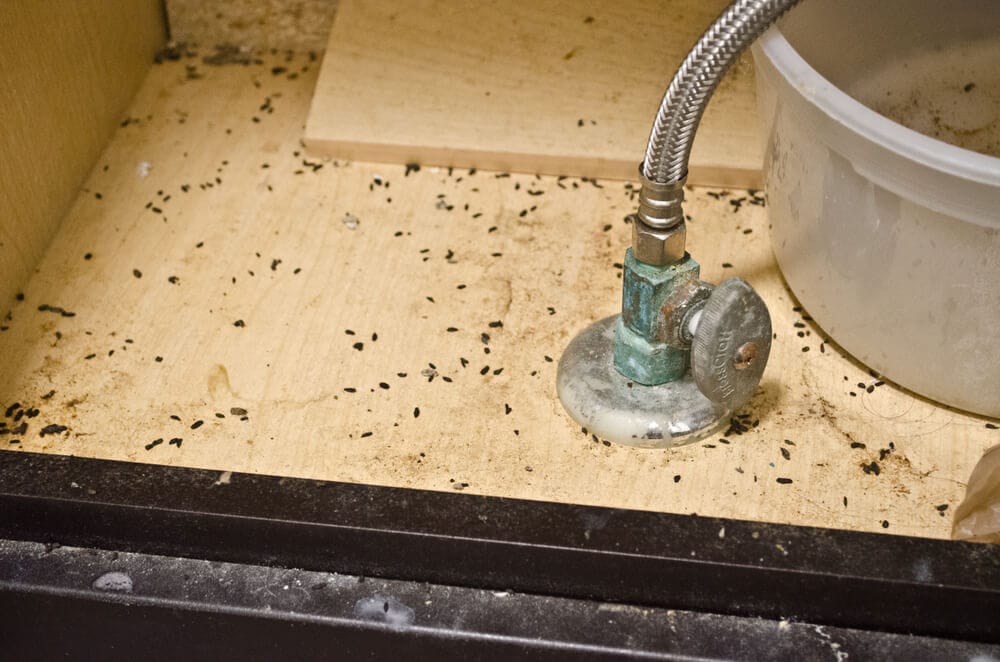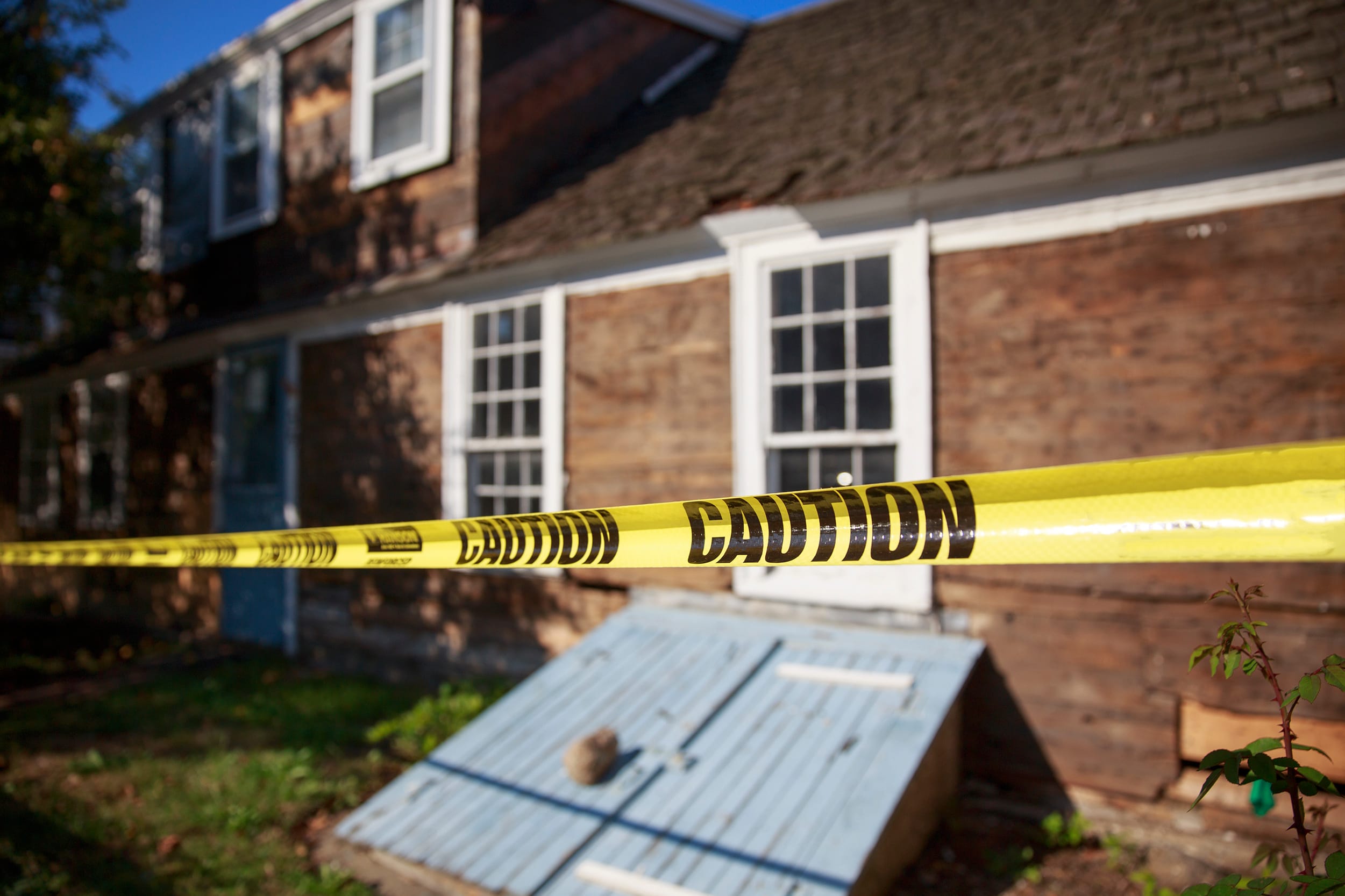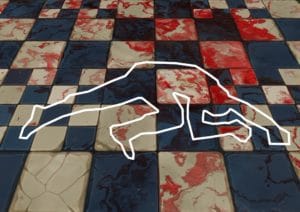Caregories
- Biohazard / Crime Scene
- Decontamination
- Drug lab cleanup
- Hoarding Cleanup
- Mold Removal
- News and Updates
- Rodent Infestations
- Tear Gas Cleanup
- Water Damage

The 5 Stages of Hoarding Explained: Signs, Risks, When to Get Help
Keeping special items because they mean something to you is one thing. But keeping many items in your home just because you feel like you can’t part with them can become too much. Yes, there is such a thing as too much. And that’s because hoarding can pose health and other risks.

How to Clean a Meth House: Step by Step Guide
Cleaning a former meth lab is a dangerous process that requires proper planning, protective equipment, and expertise. Meth production involves toxic chemicals that can cause short-term and long-term health issues, particularly in children. The process of cleaning a meth house involves surveying the area, ventilating the building, developing a cleanup plan, removing contaminated objects, vacuuming…

How To Get Rid Of Mold On Walls
Mold remediation in the home is crucial for preventing health hazards caused by mold exposure. To get rid of mold on walls, you need to assess the damage, prepare the area and yourself with personal protection equipment, and remove the mold using appropriate solutions. Personal protection equipment includes gloves, safety glasses or goggles, a respirator…

How to Clean a House After C. Diff Infection
Proper cleanup procedures are crucial in preventing the spread of C. diff, a dangerous bacterium that can cause inflammation of the colon and life-threatening symptoms. C. diff can be spread through contact with contaminated surfaces, food, human or animal feces, or when infected individuals do not wash their hands. It is prevalent in healthcare settings…

Was Your House a Meth House? Heres How to Tell
Identifying a former meth lab in your home is important for your safety and that of your family. Meth production involves hazardous chemicals that can leave residue on surfaces and in the air, leading to health issues. Signs of a meth lab include an excessive amount of household chemicals, paraphernalia such as burnt glass beakers…

How to Clean up After a Mouse Infestation
Mouse infestations can pose serious health hazards as rodents are carriers of diseases. It’s important to clean up mouse droppings and residue to prevent the spread of these diseases. Proper protection including gloves, a respirator, and protective goggles should be worn during cleanup. Bleach and water can be used to disinfect the area. Insurance may…

Workplace Safety and How to Avoid a Tragic Accident
Workplace safety is crucial in industrial settings to avoid tragic accidents. Spaulding Decon, a company specializing in industrial cleanup and decontamination, shares its top 5 safety tips to help prevent accidents. These include educating employees on safety policies, providing proper personal protective equipment (PPE), having a response plan in case of accidents, inspecting equipment and…

What To Do If Tenant Is A Hoarder
As a landlord, dealing with hoarding and tenant rights can be complicated. Hoarding is the excessive collecting and inability to part with possessions, regardless of their value. It creates health and safety issues, leading to safety and health code violations, building and fire code violations, and sanitation law infractions. Due to the connection between hoarding…

What to do After an Unattended Death
Discovering the unattended death of a loved one is an emotional and involved process that should be handled by professionals. It’s important to contact first responders and not attempt to clean the area due to harmful chemicals and bacteria released during decomposition. Biohazard remediation companies like Spaulding Decon are trained to clean blood-borne pathogens and…

What Should the Plan be for Removing Tear Gas Residue?
Tear gas is a chemical compound used by law enforcement for crowd control. There are four main types of tear gas, with CS being the most commonly used. Tear gas is meant to disable a person’s eyesight, respiratory system, and irritate the skin. The residual effects of tear gas can be dangerous, so proper cleanup…

What Kills Mold? The Top 10 Mold Killers
Mold can cause respiratory problems, skin irritation, mental health issues, and other serious health concerns. Mold is often caused by water damage and can thrive in damp areas. There are different types of mold, including Alternaria, Mucor, black mold or Stachybotrys, and Acremonium. Alternaria causes few long-term impacts but can cause asthma-like symptoms. Mucor can…

What is the cost to clean a hoarder house?
The pricing of a hoarding cleanup job depends on several factors, including the level of hoarding, the type of hoarder, whether the individual will be involved in the cleanup process, and the size of the house or apartment. The level of hoarding is important because it helps determine how cluttered the scene is and how…

What is Bioremediation? Types and Examples
Bioremediation is the process of using biological microorganisms to breakdown hazardous materials and substances into less toxic or nontoxic products. There are several branches of bioremediation, including contaminated soil, oil spill cleanup, and crime scene cleanup. Bioremediation is an effective and cost-effective method for cleaning up pollutants and contaminants. Spaulding Decon is a leader in…

What do mouse droppings look like?
Mouse droppings are typically cylinder or tubular in shape, approximately a quarter of an inch long, and black in color. The biggest threat to a human from rodent droppings is Hantavirus, which is an airborne illness associated with rodent droppings. Inhaling the dust from sweeping up droppings can be deadly. To safely eliminate rodent droppings,…

What Do I Do If I Cannot Afford Biohazard Clean Up in my Home?
Biohazard clean up costs can be expensive, but it is important to handle biohazard situations properly to protect yourself and others from harm. There are different types of biohazards, and some require professional help due to their high risk levels. If you decide to do biohazard cleanup yourself, it is important to use proper PPE…

What Causes Compulsive Hoarding?
Compulsive hoarding is a mental disorder that affects about 4% of the U.S. population. It is characterized by excessive saving of items that others may view as worthless, leading to clutter that disrupts living or work spaces. While there isn’t one main cause for compulsive hoarding, it can be triggered by various factors, including trauma,…

What Are the Stages of Decomposition?
Decomposition is a natural process that occurs after death and happens in four stages: autolysis, bloat, active decay, and skeletonization. Each stage is characterized by specific changes in the body, including the release of gases and fluids, skin discoloration, and stiffness of muscles. Decomposition is a dangerous process for those who remain behind due to…

What Are the Requirements for Crime Scene Cleanup Companies?
Crime scene cleanup is a specialized profession that involves containing and disposing of hazardous biological waste, as well as cleaning and disinfecting crime scenes. Crime scene cleanup companies require employees to undergo specialized certification programs and training, including certifications and permits for transporting and disposing of biological waste. Employees must also undergo background checks and…

Water Damage Restoration Guide
Water damage can range from small leaks to all-out flooding, and can be caused by various factors including natural disasters, faulty pipes, and sewer backups. The IICRC S500 standard categorizes water damage based on the amount of contamination in the water and the amount of water that has affected the property. Category 1 water damage…

Unattended Death Investigation Process
Unattended deaths can be suspicious when foul play is suspected, and law enforcement will use forensic science and investigation techniques to determine the cause and time of death, as well as potential suspects. The first steps in finding an unattended death are crucial, including calling the police, moving away from the area, and securing the…

Types of PPE: Why Crime Scene Cleaners Need Hazmat Suits
Crime scene cleaners encounter a variety of biohazardous materials, including infectious diseases, blood, and bad odors. Personal protective equipment (PPE) is necessary to prevent contamination and exposure to health risks. The four main types of PPE used by crime scene cleaners are chemical spill boots, protective suits, disposable non-porous gloves, and face masks. Chemical spill…






















